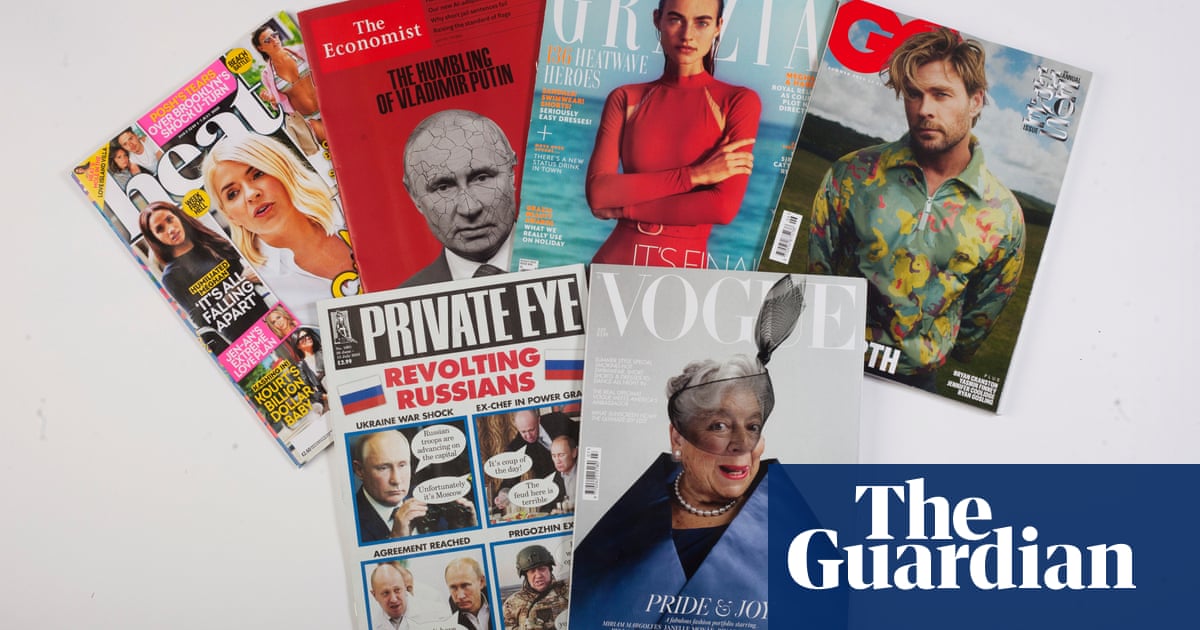- Digital Media Products, Strategy and Innovation by Kevin Anderson
- Posts
- The New York Times' Bundling Strategy: When carrots stop working, sticks will do
The New York Times' Bundling Strategy: When carrots stop working, sticks will do
Print infrastructure reaches ominous tipping point in the US and UK

I have been a New York Times digital news subscriber for years now, and they have been working to get me to graduate to their higher priced and richer bundle for a while now. I’m paying $17 a month news, and $25 a month will net me the full suite of New York Times products - cooking, games and reviews.
And I get it, multi-product users of any publisher are much easier to retain than single-product customers. That is even true with print. If a publisher is able to get a print subscriber to use a digital product such as an app or games, then it is much easier to retain them. And apps as a platform and games as a content type are the highest engagement products in publishing.
However, as the Press Gazette points out, the New York Times is now pushing the bundle to the exclusion of a news-only subscription or other standalone subscriptions. New or existing subscribers will get a heavily discounted bundle but they won’t get the same cost savings for the standalone products, and the Press Gazette says that it the Times is even making it more difficult to buy a standalone news package. It will be interesting to see how far the Times can push this. People like choice, and they don’t want to go the way of cable TV and offer a package that audiences don’t want. Fortunately, the price difference between a standalone news subscription and the full-price bundle isn’t that great. But it will be interesting to see how consumers respond.
Suw, my wife, is a Substack convert, and I think what links Beehiiv, which I use for this newsletter, and Substack are the audience development tools. Newsletter tools have gone far beyond ESPs. Beehiiv has a referral system, and Substack is working on leveraging network effects to allow writers to build their audiences. I think that Substack is really onto something with Notes and other features that create a sense of a newsletter community. If Substack can work a bit on opening up the top of the funnel, then I think they will really have cracked the newsletter eco-system. Newsletters are a real hustle, but these systems open up the possibility of real audience growth that supports a wider range of newsletter businesses.
Today’s Developments in AI: NYTimes updates Ts & Cs to cover AI scraping, News Corp looks to cut costs using AI and Digiday’s definitive AI glossary
I have to say that I have a lot of sympathy for publishers, artists, writers and musicians who want licencing agreements from AI companies who train their machines on their journalism, music or other artistic output. Frankly, it simply feels like just compensation, and I don’t accept that AI companies without a proven business model today need free access to IP. The New York Times is laying out what it expects from AI companies, and I would expect this type of ring-fencing of IP to become common. Companies should be able to know how their content is being used by AI companies and be able to decide if they want their IP being used in this way and if so, how they will be compensated.
News Corp is looking at both sides of the ledger with AI - as a way to generate new profits through licencing and also as a way to cut costs.
The presses are indeed stopping
Newspapers aren’t the only ill part of the print media eco-system but also the physical printing infrastructuve that supports print. In the US, newspaper printing is increasingly concentrated, meaning not only are they less competitive but also that for newspapers, the printing presses are farther away from audiences. It used to be a bit of a media analyst game to predict when the last printed copy of a publication would roll off the presses, but these developments mean that it is likely only a few years off before print becomes uneconomic.
I don’t usually include stories like this in the newsletter, but this story is different for a number of reasons. It is a shocking step by local law enforcement in the Land of the First Amendment, and it is a personal story. I know the owner and editor of the newspaper, Eric Meyer. He taught journalism where I studied as an undergraduate, the University of Illinois. He taught after I had graduated, but we connected when I was working as a regional executive editor at Gannett.
This story is just beyond shocking, and it demonstrates a profound ignorance about journalism, public records and even the laws of the United States. The press, a nearby journalism school and civil liberties groups have all rallied around Eric and his newspaper. I think this is the result of the criminalisation of journalism by political leaders, including former President Trump.

/cdn.vox-cdn.com/uploads/chorus_asset/file/24575655/Substack_001.jpg)





